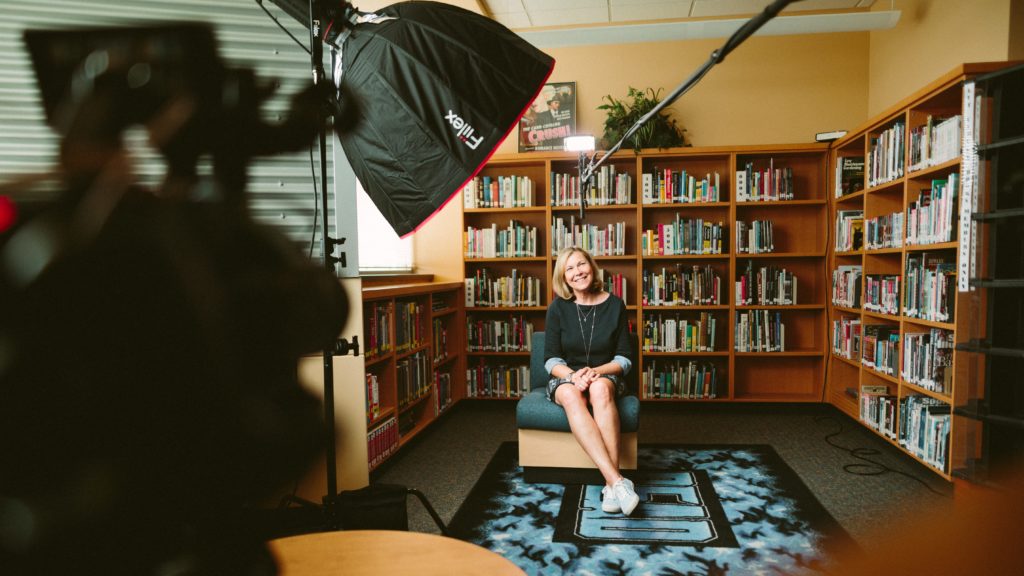
The events world has been shaken up for quite a bit now. As the industry progresses through the phases of reopening, there has been one common denominator: safety first…and that will likely be the new standard. Through remaining connected with our industry peers, we found that what almost everyone wants to know is “Of all the work-arounds due to COVID-19, which ones are here to stay forever?â€. Until the future of events unravels, here are three ways you can host an event now without compromising the safety of your stakeholders.
1. Try out a hybrid event
While virtual events aren’t going away anytime soon, a hybrid event might be the next stepping stone to ease people back into in-person events. Cannonballing into the pool of pre-COVID events might not set you up for success. Instead, you may find that doing a hybrid event, partially live and partially virtual, is a great way to dip your toes in. For instance, try having your presenter(s) broadcast live at a venue, yet keep attendee participation virtual.
At Virtual Planner Master Class, broadcasted live from The Old Post Office, the Ateema team hosted their event at a venue, just as one would for an in-person event. The main difference was that the presenters were speaking to the attendees through a room equipped with A/V broadcasting capabilities and their outfits included a mask as the finishing touch instead of a name badge. What didn’t change was the wow factor. Jamie Sowski, Marketing & Events Manager for The Old Post Office, was able to have a video production team pre-record their gorgeous and historic event space, play that video during the broadcast, and do a live voice-over just as if she was actually walking potential clients through the venue.
2. Think unconventionally when working with vendors
Okay, so you may not want to have a medieval-times-feast-style meal for safety reasons. However, that doesn’t mean you have to rule out catering. Whether your event is hybrid or strictly online, catering companies have plenty of creative ways for your attendees to indulge while also keeping them safe.
For virtual events, consider having boxed meals or DIY cooking kits delivered to attendees’ homes. This way, you are bringing the “IRL†factor while eliminating the potential for others (not equipped with PPE and lawfully required to meet sanitization standards) to come in contact with the food. To turn it into a hybrid event, consider broadcasting from a kitchen or bar with a live demo for the attendees to follow along with their goodie boxes delivered prior to the event.
Blue Plate Catering hosted a happy hour after Virtual Planner Master Class where they showcased their deliverable, seasonal offerings, and encouraged attendees to GYOB (grab your own beverage) while watching a mixologist demo their “sealed-with-safety†margaritas.
3. Design strategically for maximum comfort
In addition to the type of hybrid event we mentioned earlier, there are other ways to host a hybrid event. One of those ways is to allow a limited number of attendees to experience the event live with the event host and presenter(s). But before you go crazy with sending out these VIP invites, you need to envision the event design and event flow for maximum safety and respectively, maximum comfort.
So, how can you grab a venue that permits the ability to socially distance with ease? An answer to this question is outdoor events…bring your guests outside to the openness and fresh air. Or, opt for a large venue. Long gone are the days when a venue says “we’ve squeezed 100 people in a 500-square-foot room beforeâ€. Rooms with spacious floor plans are going to be better received by skeptical guests. It creates a feeling that their personal space is not threatened.
Also, give every guest a way to display their level of comfortability without the awkward do-we-hug-or-do-I-just-wave-hello moment. Support a local printer and create stickers with comical sayings like “Can’t Touch This†or “Free High Fivesâ€. When you create stickers for your attendees, don’t forget stickers for the floor…yes, you read that correctly. Having reminders on the floor that show people which way to walk and how far apart to stand is a great way to plan safe event flow and spatial comfort.
Written By: Emma McVady
